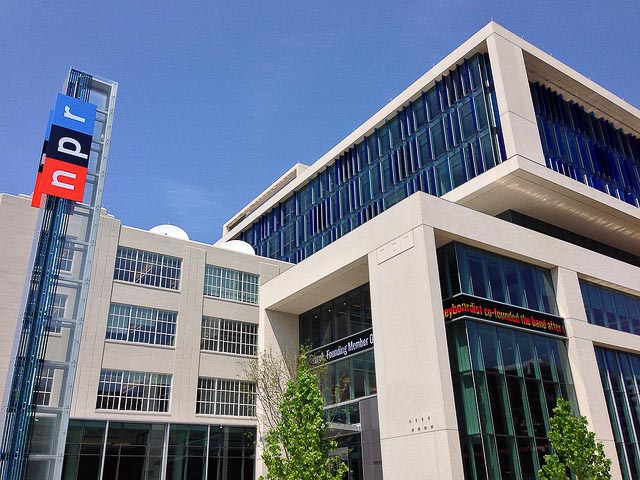While the Urban Edge strives to provide readers with daily news and insights about urban policy, we’re also voracious readers of city news ourselves. As part of a new weekly feature, senior editor Ryan Holeywell and the staff of the Kinder Institute highlight the week’s most interesting articles from around the web about urban policy and city life.
Why Drivers in China Intentionally Kill the Pedestrians They Hit
If you think pedestrians in U.S. cities have it rough, be glad you don’t live in China, where Slate documents a troubling trend. When drivers accidentally hit pedestrians, they sometimes intentionally back up in order to kill the victim. The trend is the result of perverse incentives surrounding compensation. If you kill a pedestrian, you only pay a one-time penalty. If you merely injure him, you must fund his medical care for life.
Los Angeles is the second-biggest city in the country, so it’s curious that it doesn’t have a bike share system. But City Lab reports the L.A. City Council agreed to pilot a fleet of nearly 1,100 bikes starting in 2016. Interestingly, because L.A. Metro is helping with funding and branding of the project, the system could potentially be the first in the nation that’s integrated into a city transit agency.
The Urban Land Institute highlights 10 very cool adaptive re-use projects from across the U.S. and world. Among the best: a PBR Brewery transformed into a hotel; a cotton mill turned into apartments and a warehouse turned into NPR headquarters. “The rapid pace of change in the world, combined with increasing awareness of the cultural value and sustainable advantages of reusing historic structures, means that more of these buildings are being called upon to play new roles, sometimes radically different from the ones for which they were designed originally,” ULI writes.
Where Police Don't Mirror Communities and Why It Matters
A massive data analysis by Governing magazine reveals that police forces rarely look like the populations they serve. Minority groups are underrepresented in virtually all local law enforcement agencies, according to the analysis, by an average of 24 percentage points. The findings come as police violence towards unarmed people of color continues to be a regular topic of public discourse.
Texas Tries Gates And Texts To Reduce Toll Of Deadly Flash Floods
Seemingly every time in floods in Texas, drivers inadvertently find themselves in dangerous conditions. To deter Texans from driving into flooded roadways, officials have promoted the “Turn Around, Don’t Drown” message for years. But now, they’re doing even more: San Antonio and Houston are installing gates that automatically block flood-prone roadway, KUHF reports.
How So Many of the World’s People Live in So Little of its Space
The Washington Post presents a series of maps and statistics that show just how concentrated the American population really is. For example, half the country lives in the 144 largest counties. The other half lives in the smallest 2,998 counties. Or, take this figure: nearly 5 million U.S. Census blocks have a population of zero.

